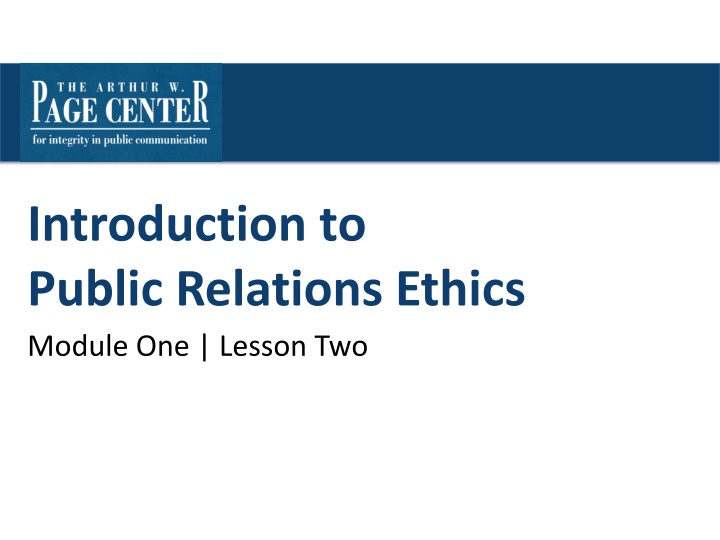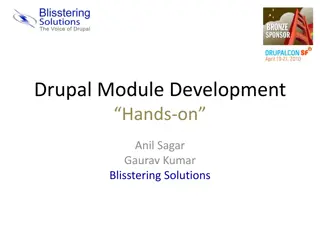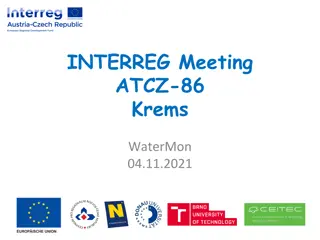
Public Relations Ethics: Trust, Models, and Decision-Making
Explore the critical role of trust in public relations, ethical decision-making models, and the state of ethics in the industry. Delve into the impact of lost trust, ethical obligations, and various decision-making models available to public relations professionals. Gain insights into the importance of maintaining trust with clients and the public for successful PR outcomes.
Download Presentation

Please find below an Image/Link to download the presentation.
The content on the website is provided AS IS for your information and personal use only. It may not be sold, licensed, or shared on other websites without obtaining consent from the author. If you encounter any issues during the download, it is possible that the publisher has removed the file from their server.
You are allowed to download the files provided on this website for personal or commercial use, subject to the condition that they are used lawfully. All files are the property of their respective owners.
The content on the website is provided AS IS for your information and personal use only. It may not be sold, licensed, or shared on other websites without obtaining consent from the author.
E N D
Presentation Transcript
Introduction to Public Relations Ethics Module One | Lesson Two
Lesson Two | Introduction Lesson Overview The Role of Trust in Ethics Ethical Decision-Making Models The State of Ethics in Public Relations
Lesson Two | Introduction Understanding Trust Trust is the cornerstone for long-term relationships between organizations and the public. Public relations professionals must maintain trust from both the public and key stakeholders in order to fulfill their role.
Lesson Two | Introduction Ethical Obligations and Models The Attorney-Adversary Model The Asymmetrical Model The Symmetrical Model The Professional Responsibility Model
Lesson Two | Introduction Discussion Question One What is the impact to the role of a public relations professional when trust is lost either with a client or the public?
Lesson Two | Introduction Ethical Decision-Making Models Models allow professionals to apply ethical reasoning in a variety of situations and contexts. Certain models apply to specific situations like persuasive communication, issues management or organizational decisions.
Lesson Two | Introduction Three Ethical Decision-Making Models Bowens Model for Strategic Decision Making TARES Ethical Persuasion Potter s Box for Decision Making
Lesson Two | Introduction Discussion Question Two What is the value of having different decision-making models available for public relations professionals?
Lesson Two | Introduction The State of Ethics in Public Relations Voice of Conscience Function in Senior Practitioners. Organizational Practices and Ethical Counsel. Education in Ethical Decision Making. Millennials and Ethical Perspectives.
Lesson Two | Introduction Discussion Question Three What things should public relations professionals do in order to be prepared to have a strong ethical voice in organizations?
Lesson Two | Introduction References Bowen, S.A. (2004). A State of Neglect: Public Relations as Corporate Conscience or Ethical Counsel. Journal of Public Relations Research. 20, pp. 271-296. Curtin, P. A., Gallicano, T. and Matthew, K. (2011). Millennials Approaches to ethical decision making: A survey of young public relations agency employees. Public Relations Journal, 5(2), 1-22. Neill, M. S. and Drumwright, M. E. (2012). PR Professionals as Organizational Conscience. Journal of Mass Media Ethics, 27 (4), pp. 220-234.






















